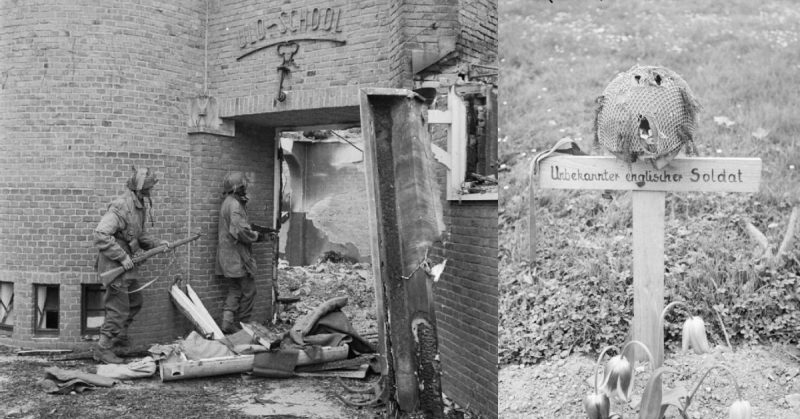On the 17th of September 1944, General Montgomery launched one of Britain’s most famously flawed missions of World War Two: Market Garden.
In an attempt to drive a hole through German lines, 8,900 paratroopers of the 1st Airborne and 1,100 glider troops landed at Arnhem, the last in a series of bridges Montgomery intended to seize. They were meant to hold Arnhem until the rest of the army fought through the German lines to reach them.
But the weak resistance they had been promised was an illusion. Faced with tough SS troops, they found themselves fighting for their lives.
Meanwhile, relief forces were unable to make their breakthrough. It was one of the most desperate British experiences of the war.
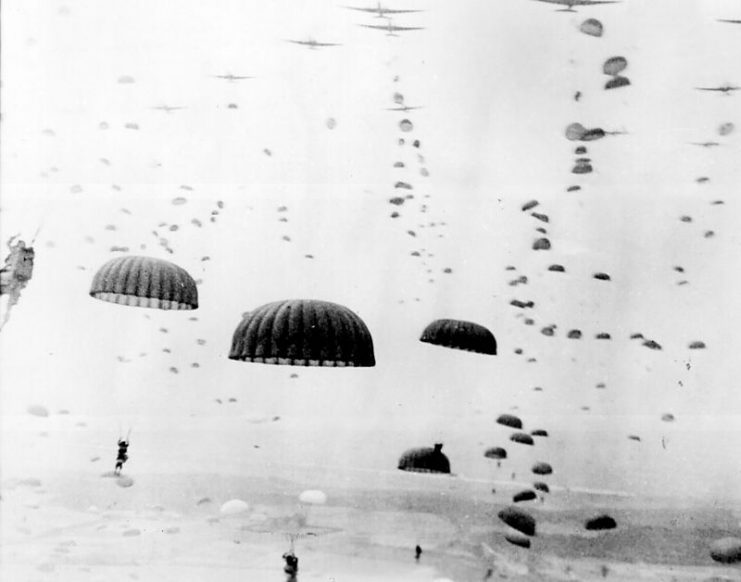
Keeping Control
From early on, keeping control of the situation was a significant challenge. General Urquhart, commander of the expedition, was nearly captured by the Germans. Forced into hiding for 36 hours, he was unable to lead his men.
Two of his brigadiers argued over who should take charge, causing further tension until Urquhart’s return.
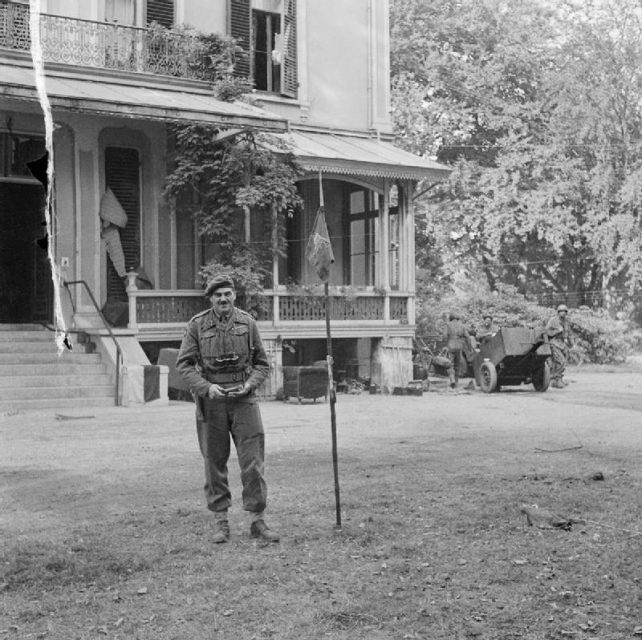
As the situation worsened, the troops retreated into a shrinking area of ground which became known as “the cauldron.”
As they fought for their lives, the limits of the soldiers started to show. Paratroopers were meant to be an elite group, but not all of them were on top fighting form. The 10th Battalion hadn’t trained at full strength for over ten months before leaving England.
However effective the men were individually, they weren’t a unit at its peak.
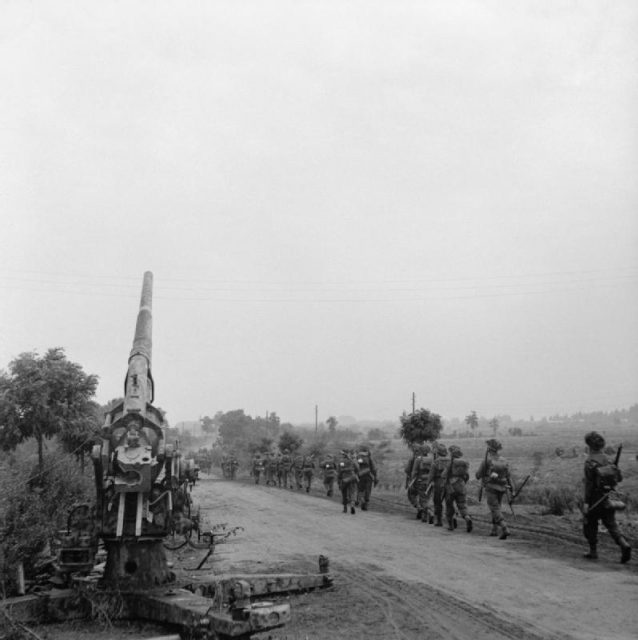
Crumbling Morale
As the days passed, the Germans maintained an increasingly heavy bombardment against the British troops. The pounding was relentless, especially around the hotel where Urquhart made his headquarters. It drove many men into shelter or madness, leaving only those with nerves of steel or a sense of duty so great it overrode their fear.
Panic set in as the Germans pressed the British lines. At times, retreat almost turned into a rout. Urquhart, seeing soldiers running from their trenches, rushed out of his headquarters to turn them back. When reason failed, he used threats, finally getting them back into the line.
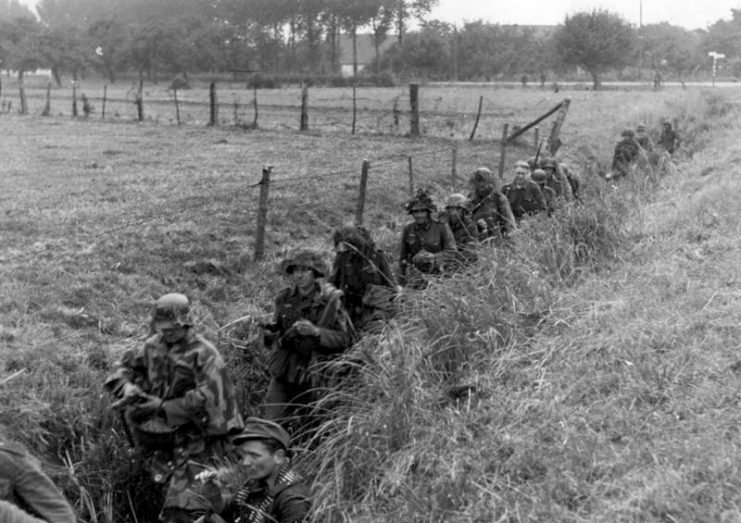
Seeing the danger that a breakdown in morale would bring, Urquhart told his senior commanders that they should take extreme measures if needed to keep the men fighting.
Despite this, many reverted to instinct, just trying to survive. They huddled in cellars, eating, sleeping, and going to the toilet in that dark space. Some could not be persuaded to leave but stayed until forced out by their commanders or the arrival of the Germans.
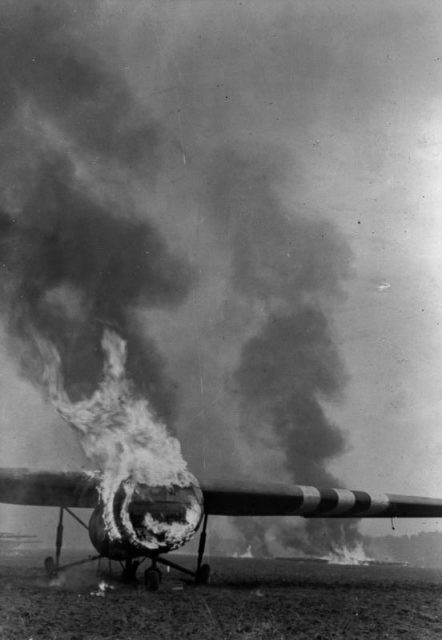
Heroism Amid Horror
There were still acts of heroism among all that fear.
Captain Queripel of the 10th Battalion, wounded and faced with advancing SS troops, held a slit trench to cover his men’s retreat. He hurled back German grenades, used up the last of his bullets, and finally stood his ground to the end, flinging his remaining grenades at the enemy. He was posthumously awarded the Victoria Cross for his actions.
Queripel was one of five soldiers awarded the VC for action at Arnhem. Only one of those five survived: Major Cain of the 2nd South Staffordshires, who repeatedly took on German tanks using the Piat, a simple anti-tank weapon. On one occasion, shell splinters scythed into his face, leaving him temporarily blinded, but he was back in action less than an hour later.
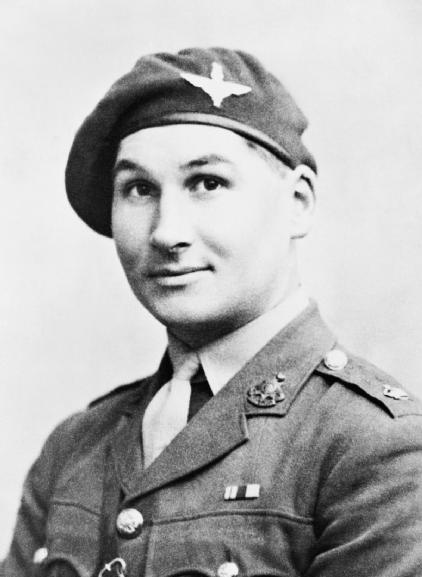
Running on Empty
As the German attacks continued, and with no relief in sight, the pressure became almost unbearable. The men were running out of food and ammunition. Water was obtained by draining the radiators of broken-down vehicles or by a deadly dash under fire to reach a well.
With casualties mounting, bandages began to run out and the medics reached the last of their morphine, which had to be saved for the very worst cases. The growing ranks of wounded were packed tightly together in cellars.
The minds of some men snapped under the strain.
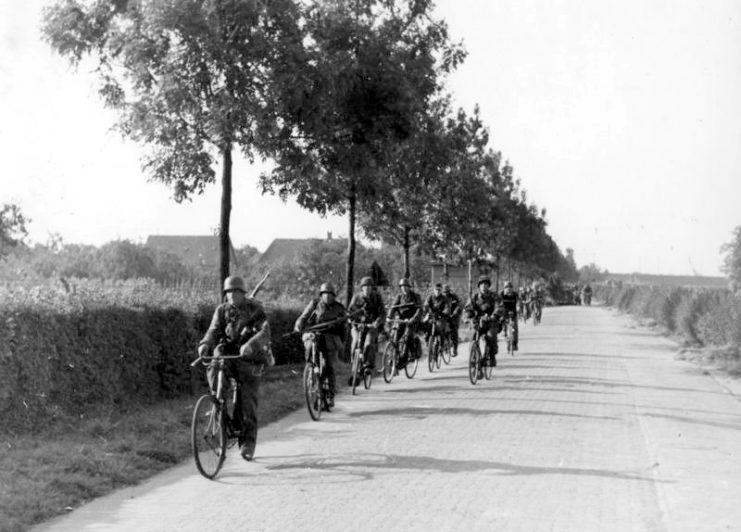
One soldier switched in the space of a second from singing to threatening the man who greeted him. Another wandered the trenches at night asking men if they had faith. A third barricaded himself in a shed, periodically spraying the surrounding area with machine gun fire so that even his comrades couldn’t come close.
Yet others remained polite, using civility to hold their sanity together. Louis Hagen, a Jewish glider pilot who had fled Germany and was now heading back as a British soldier, was amazed at the gentleness and friendship he saw.
As the situation became more desperate, men seemed to become ever more civilized to each other, as if it might balance the barbarism forced upon them in battle.
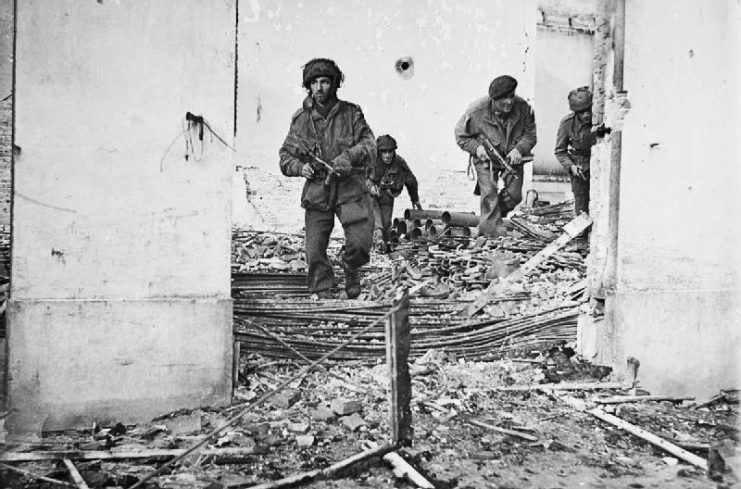
Combat
Around the bridge, men fought a desperate holding action. They withdrew from burning house to burning house, keeping up resistance as long as they could. One by one they were lost as the bitter fighting raged.
Yet there were still moments of humanity amid the carnage. At one point, a truce was called to evacuate the wounded. On another occasion, a British major captured by the Germans found himself brought before an SS major, who congratulated him and his men for their gallant fighting.
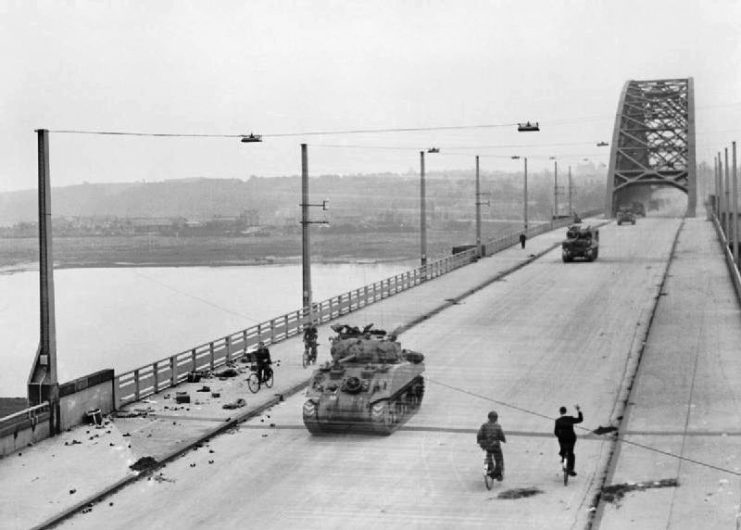
The End
After nine days, it became clear that the rest of the army would not break through to save them. Urquhart ordered a retreat.
Many of the wounded had to be left behind. Twenty-five medical officers, including the division’s senior doctors, stayed to care for them.
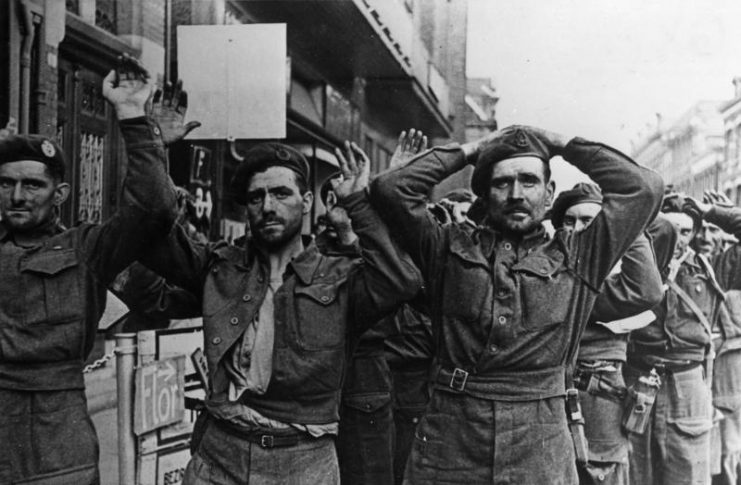
Read another story from us: The Battle for Arnhem Bridge: Frost vs Gräbner
The rest forced their way out, across the river, and to the safety of British lines. Of the 10,000 men who had gone in, only 2,163 made it out, along with 235 of the Polish and British soldiers sent in failed missions to support them,
For those survivors and the prisoners left in German hands, the cauldron would haunt them for the rest of their lives.
